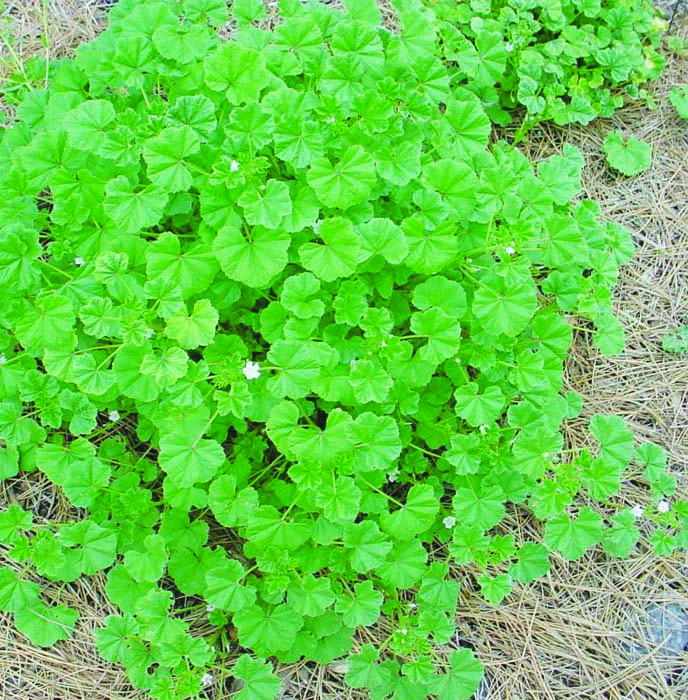Noxious weed of the week: Common mallow
Published 11:18 am Monday, July 18, 2022

- Common mallow has a deep taproot that allows it to flourish in a variety of settings.
The enemy
Common mallow (Malva neglecta Wallr.)
An annual, or in many conditions a perennial plant, it has round, lobed leaves that resemble geraniums, which is where it gets an alternate name of wild geranium. This plant from Europe has a deep single taproot that allows it to grow in many areas including lawns, gardens, disturbed pastures, agricultural fields and wastelands. It produces hundreds of yellow-white flowers that form a seed which resembles a button, hence also known as “button weed.”
The attack
Due to its deep running taproot, this plant robs the soil of nutrients and water. Because this plant has numerous round-shaped leaves that grow close to the ground in a prostrate manner that allows it to rob the desirable plants of valuable sunlight. This causes loss of livestock feed as well as lawn and garden plant production and helps produce more undesirable weeds.
Trending
The defense
Many of our tap-rooted enemies can be controlled mechanically. When digging up this plant just make sure that you get four to five inches of the root out of the ground. It also helps to pre-moisten the ground a few hours before you try to dig or pull the weed up. The button-looking seed heads contain hundreds of individual seeds that can last in the soil for many years.
If you find this in your garden and cannot pull it out of the ground you may try to wipe a combination of Roundup and 2,4-D onto them with a paintbrush or similar method. There are a few herbicides that work on the weed. Herbicides such as dicamba (Banvel or Vanquish/Clarity, Garlon (Valsan, Crossbow), and work the best for control in these habitats. Best control has been demonstrated if the weed is treated in early summer or late fall. For proper identification please call your local county weed supervisor.









